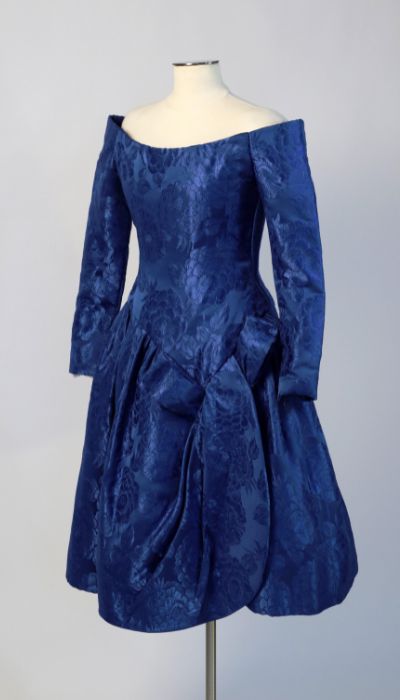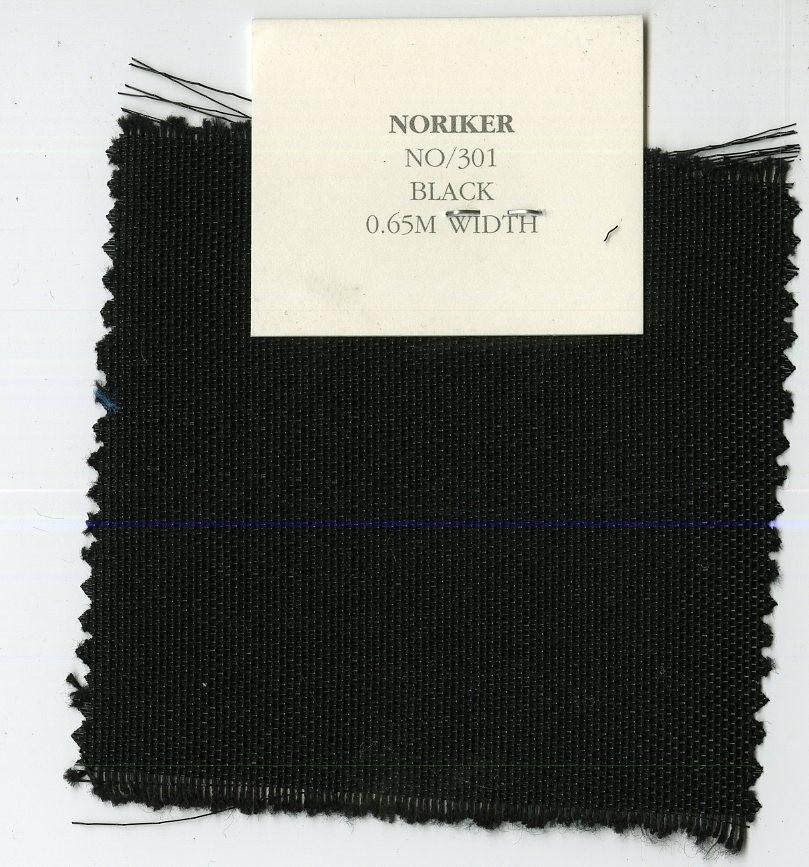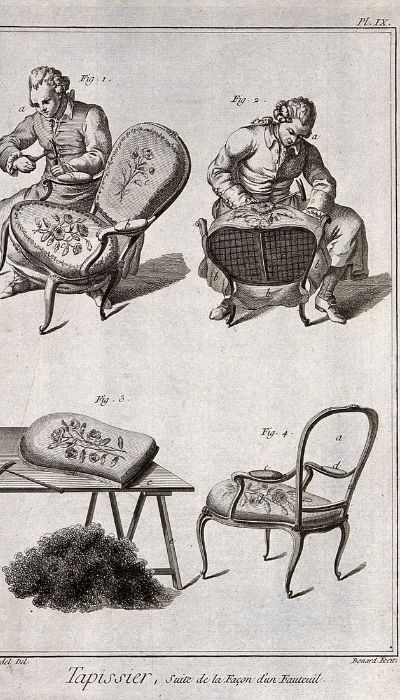Horsehair fabric is a distinctive textile with a rich history and unique characteristics. Contrary to what the name might suggest, modern horsehair fabric isn’t typically made from actual horsehair.
| Fiber Source | Tail hair of horses, often combined with other fibers |
| Weaving Patterns | Typically a plain weave with unique texture |
| Dominant Colors | Natural horsehair colors, often black, brown, or grey |
| Texture Spectrum | Ranges from smooth to coarse, with a distinct, firm texture |
| Breathability Index | Moderate, varies with blend and weave |
| Strength & Longevity | Very high durability and resilience |
| Maintenance Needs | Requires specialized care, often professionally cleaned |
| Primary Applications | Upholstery, musical instrument bows, crafts |
| Ecological Impact | Generally low; often a by-product of the equine industry |
| Major Exporters | Global production, with notable sources including Mongolia |
| Comparable Fabrics | Unique; not closely comparable to common textile fabrics |
Originally, horsehair fabric was made using the long, coarse hairs from a horse’s mane or tail. However, contemporary horsehair fabric usually refers to a stiff, woven fabric that mimics the characteristics of the original horsehair textiles.
1. Composition and Characteristics
Recent research reveals that horsehair fabric, particularly from the tail and mane, displays distinct physical, thermal, and mechanical properties. This aligns with the traditional utilization of horsehair in various industries, highlighting its versatility and durability
Modern horsehair fabric is often a blend of cotton, polyester, or other synthetic fibers. This blend creates a fabric that has the rigidity and look of traditional horsehair without using animal hair.
Horsehair canvas, a type of horsehair fabric, is a stiff, woven material. It’s commonly used in tailoring to provide structure and shape, particularly in suit jackets and other structured garments.
Properties and Uses
The stiffness of horsehair fabric makes it ideal for various applications:
- Tailoring: Used in collars, lapels, and waistbands to add structure.
- Upholstery: Offers durability and a unique texture for furniture.
- Horsehair Braid in Sewing: Used for hemming and adding volume to skirts and dresses.
2. Horsehair Fabric in Fashion and Decor
Historically valued for its durability and unique texture, horsehair fabric was a material of choice in high-end upholstery and tailoring, especially among the wealthier classes. Today, its use extends to specialized applications like brushes and upscale furniture, reflecting its enduring appeal
In the fashion world, horsehair fabric is valued for its ability to maintain shape.
- Formal Wear: Adds form and volume to gowns and skirts.
- Tailored Suits: Horsehair canvas is a hidden component that adds crispness to blazers and suit jackets.
Beyond clothing, horsehair fabric finds its place in home decoration, and known for its durability and unique texture, it’s often used in high-end furniture.
3. Distinctive Features
Horsehair fabric has a unique feel and appearance, characterized by its rigidity and distinctive weave pattern. This makes it stand out from more common textiles.
While horsehair fabric is stiff, it’s surprisingly versatile in sewing applications. It’s often used as horsehair braid or trim to provide structure without adding bulk, making it a popular choice in haute couture and bespoke tailoring.
4. Conclusion
Horsehair fabric’s ability to add structure and volume, along with its distinctive texture, make it a sought-after material for designers and tailors alike. Whether used in the construction of a tailored suit or as an upholstery material, horsehair fabric offers a blend of functionality and aesthetic appeal that is unmatched by more conventional fabrics.



